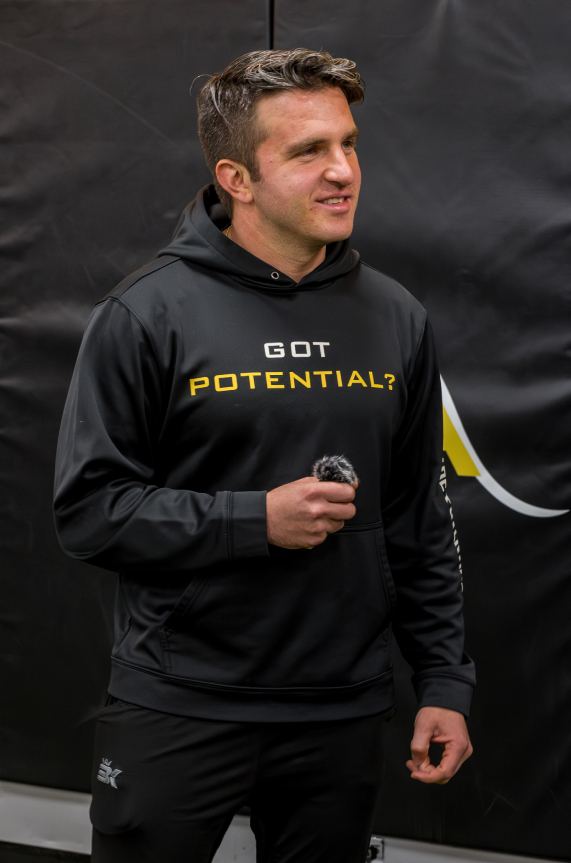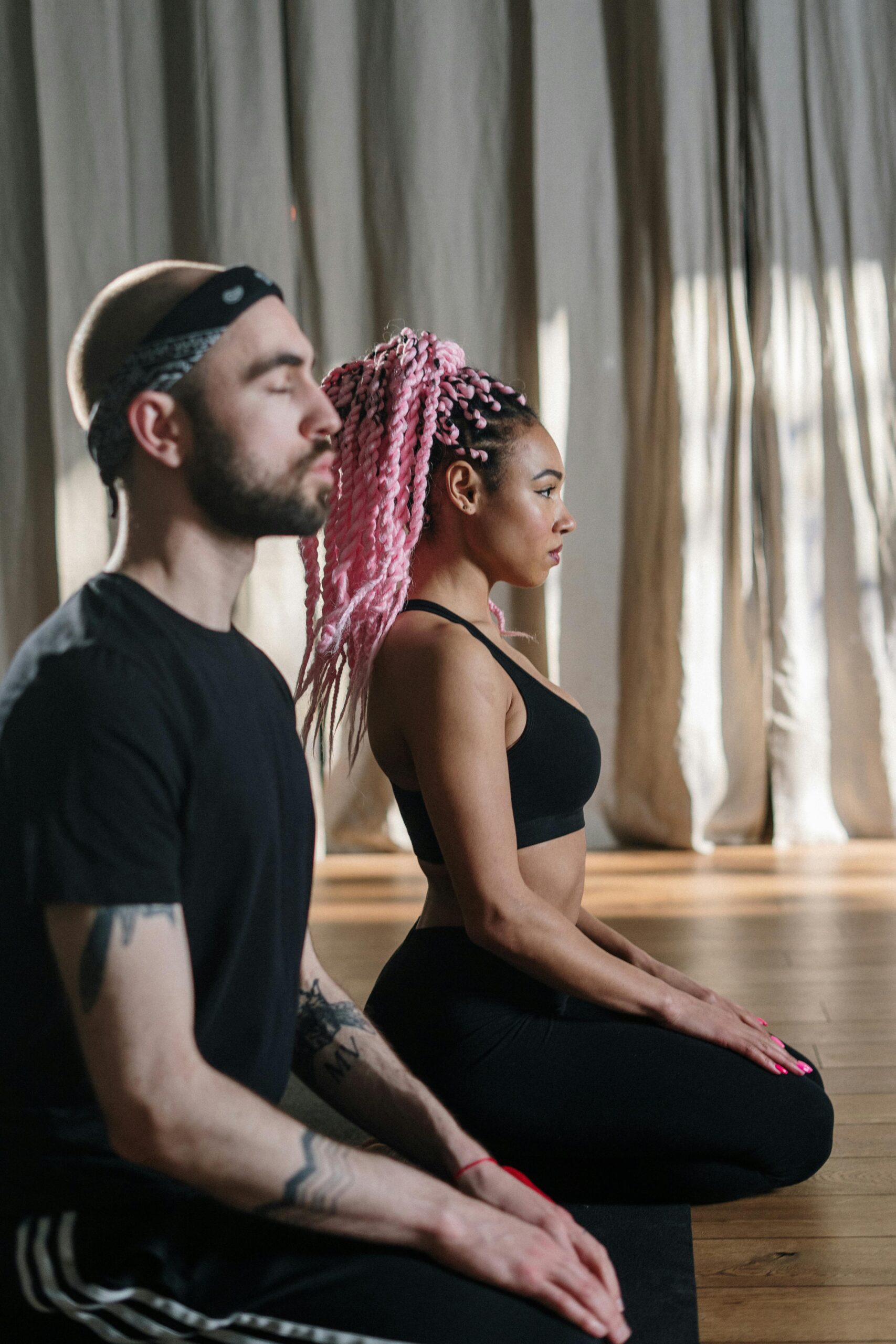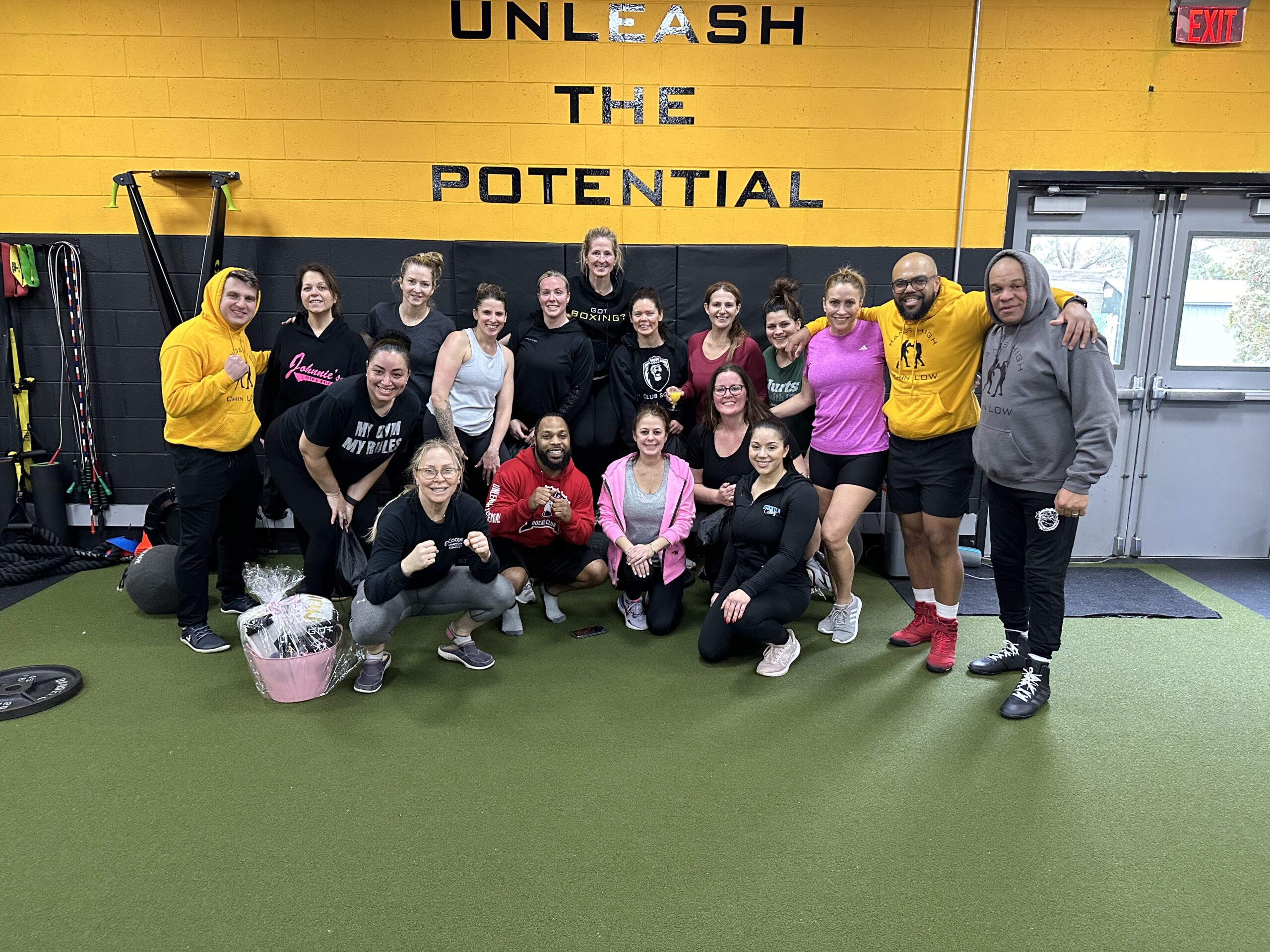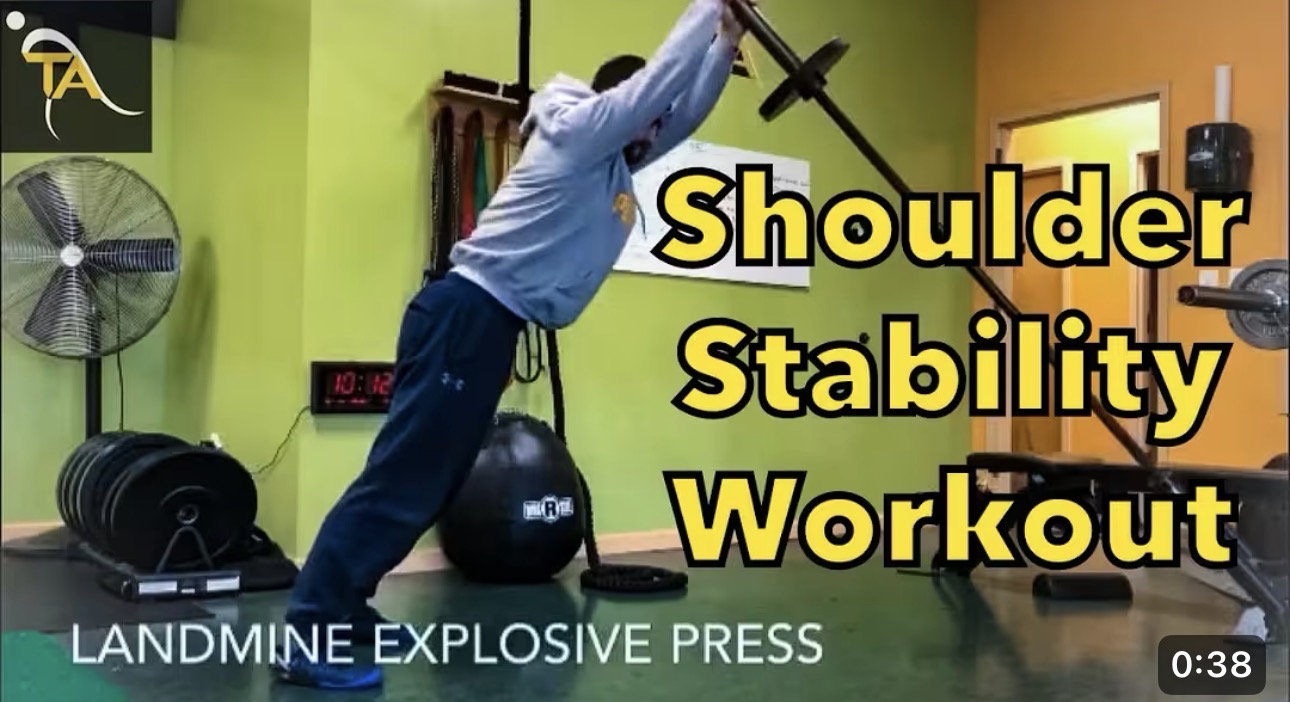3 Ways to Improve On-Ice Performance Off the Ice
The most common goals for athletes are to get faster and stronger. Often, the issue is the same: increasing the body’s ability to create power and efficiency. Movement training isn’t about isolating specific muscle groups or targeting specific mobility ranges; it’s about training the body as a whole. No matter how effective the offense is, if the defense and goalie aren’t performing well, the team is unlikely to win. The body works the same way. Training the legs, arms, and core are all important for power production, but if the body isn’t in sync, it won’t operate at 100% efficiency. The goal of movement training, especially for developing athletes, is to make each movement as efficient and effective as possible. Here are three small tips that can lead to huge improvements in off-ice training.
1. Let the Feet Feel the Ground
The foot has muscles that need to be activated. When running shoes are used, it’s like putting the neck in a brace—the feet can’t move! Allow the toes to grip the floor, feel the arch engage, learn where the weight transfer happens in the foot, and allow the ankle to move effectively. Not everyone should start training barefoot right away, but with proper progressions, consider using shoes with minimal support. This approach helps the lower leg develop like the rest of the body, and the results can be significant.
2. Stop Using Weight Belts, Gloves, and Other Accessories
This one might make some people angry, but hear me out: Remember, the goal is movement and athletic performance. If you can’t use those accessories on the ice or in your sport-specific environment, the strength developed while using them won’t carry over. Accessories like weight belts and gloves might have a place in a workout program, but they should be used sparingly. Adding support to a weak area reduces the challenge for the supporting muscle groups. If a doctor has prescribed an accessory for a specific injury or condition, be sure to follow the recommended timeline and continue to work on developing the surrounding muscles.
3. Focus on Stability and Slow Training
When one leg pushes off, is the knee moving? Many athletes focus on the stride leg—whether it’s getting full length in the stride. While this is important, don’t forget to check the gliding leg! If the knee is shaking, the power from the push-off leg is being wasted. Training for speed and explosiveness is important, but creating stability is key to maximizing your ability to generate explosive power. Slow training, while requiring a counterbalance of speed and power work, helps you gain total control over your movement range. This type of training, when done correctly, will supplement explosive movements and improve overall efficiency.
These three tips can yield quick results, but they need to be implemented correctly. The details matter! Feel free to reach out if any of these tips resonate with you.
#unleashthepotential
Written by:
Kirill Vaks
BA, CSCS
Take action… Now!
Voorhees Flyers Training center.
The Hollydell ice arena, in the main building.



